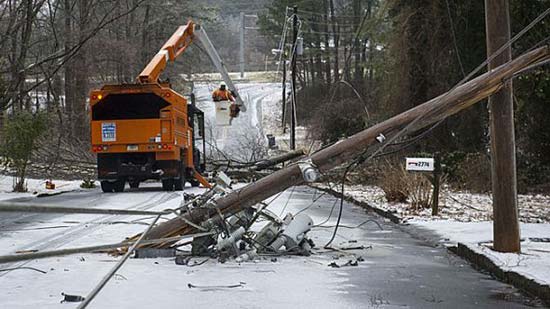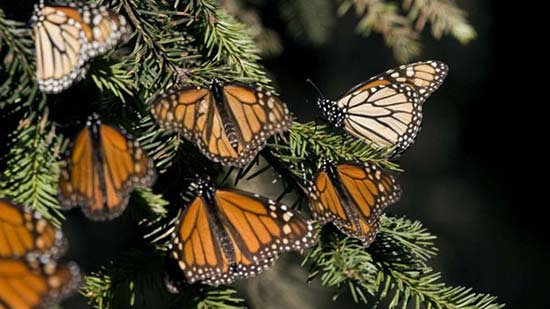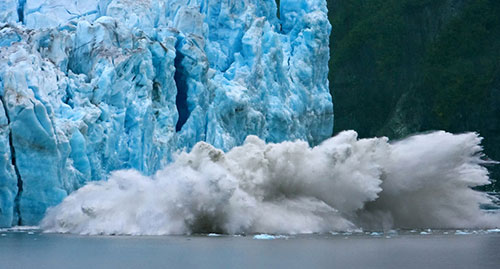 How to survive a power outage in winte
How to survive a power outage in winte Monarch Butterflies That Should Have Migrated South Have Yet to Leave Canada
Monarch Butterflies That Should Have Migrated South Have Yet to Leave Canada Rain, cooler air to sweep record-challenging warmth out of southern US this week
Rain, cooler air to sweep record-challenging warmth out of southern US this week Franken-Philippe Bringing Damaging Winds
Franken-Philippe Bringing Damaging Winds Exploring Solar Storms
Exploring Solar Storms Tropical Storm Philippe Drenches Florida and Cuba
Tropical Storm Philippe Drenches Florida and Cuba Hole in the ozone layer over Antarctica
Hole in the ozone layer over Antarctica The history of the barometer
The history of the barometer
Tropical Storm Philippe Drenches Florida and Cuba

At a Glance
Philippe developed in a weak, broad area of rotation near Central America in late October, and was pulled northward by a strong dip in the jet stream over the eastern United States.
It dropped heavy rain across parts of the Cayman Islands, western and central Cuba, southern and central Florida and the northern Bahamas. Philippe also was responsible for at least two tornadoes in southern Florida.
A wind gust to 51 mph has been reported at Settlement Point on the western end of Grand Bahama Island on Sunday morning, with sustained winds of 35 mph.
Philippe had to deal with high levels of wind shear throughout its entire lifespan, but was able to attain winds of 60 mph in the western Atlantic mainly due to its fast forward motion and support from the jet stream.
The tropical storm was absorbed into a much larger extratropical low pressure system that was quickly developing along the U.S. East Coast, and was lifted northward along the coast.
Western Caribbean a Hot Spot For Late-Season Development
You'll note in the chart below that there is a strong clustering of dots in the southwestern and northwestern Caribbean Sea. This is a hotbed of tropical origins that we'll be watching through the end of October and into November.
As the season begins to wind down, the warmest waters – 80 degrees and above – in the Atlantic Basin will recede to the Caribbean, Gulf of Mexico and far western Atlantic while wind shear and dry air generally increase across the basin.
November sees one more tropical storm or hurricane, on average, according to the National Hurricane Center. More than 7 percent of the season's activity is yet to come in terms of average Accumulated Cyclone Energy (ACE), a metric used to measure wind energy produced by tropical cyclones.
These cyclones typically move northeastward from the Caribbean or western Atlantic ahead of sweeping cold fronts from North America. These systems can threaten Florida, Cuba, the Bahamas and Bermuda, but can occasionally threaten areas closer to the U.S. East Coast, especially in October and early November.

